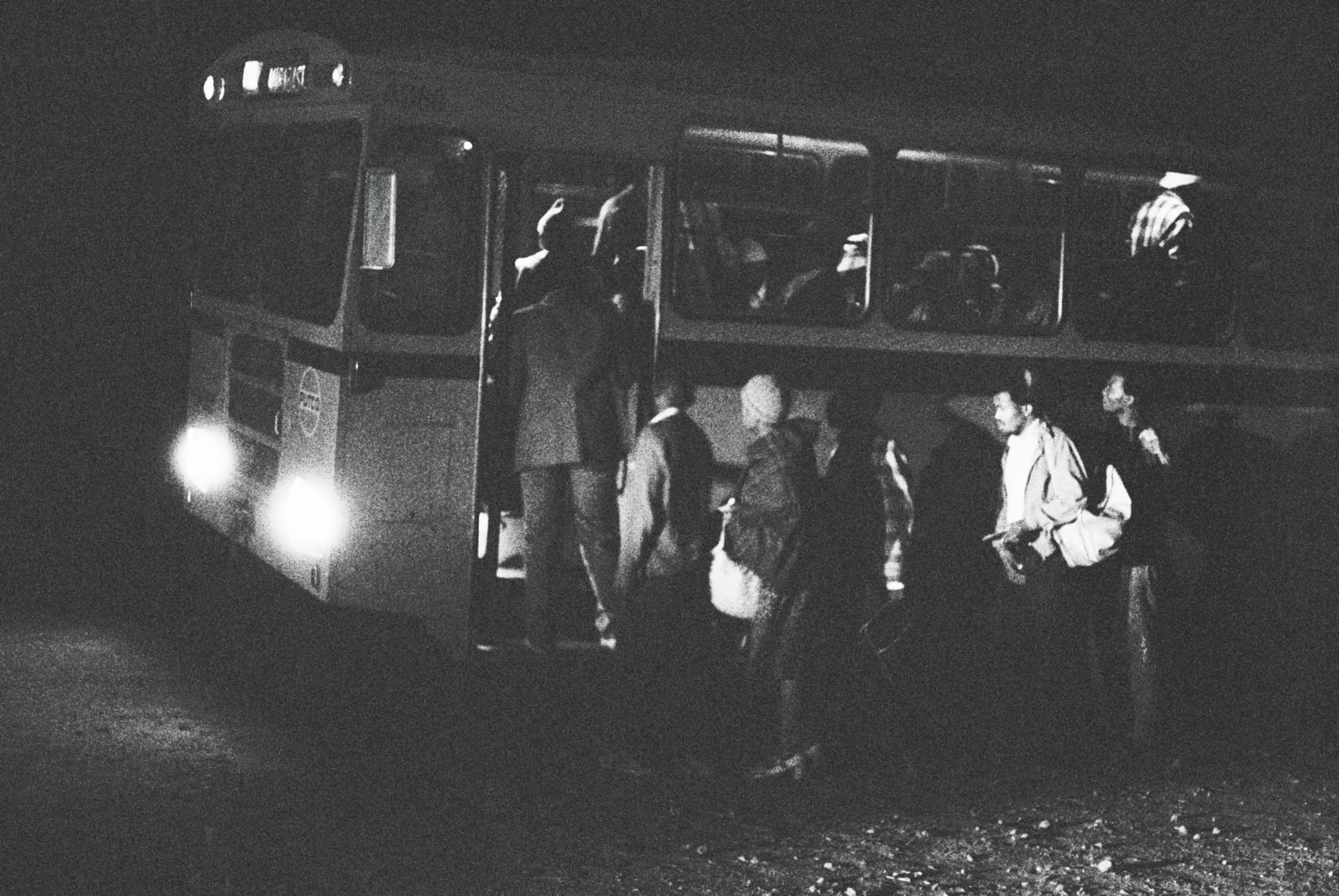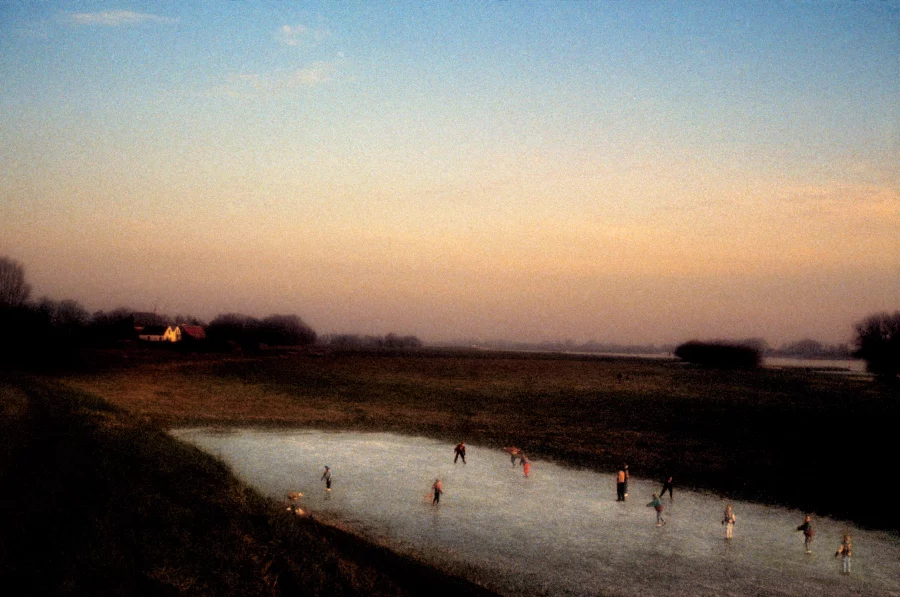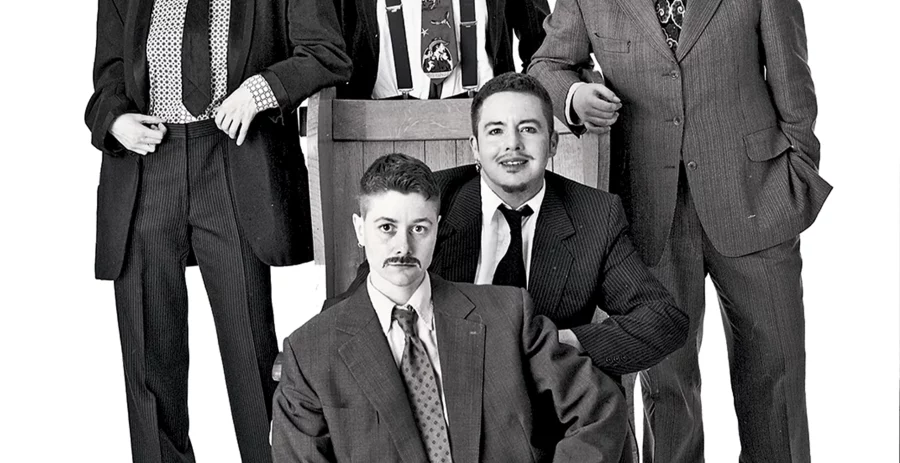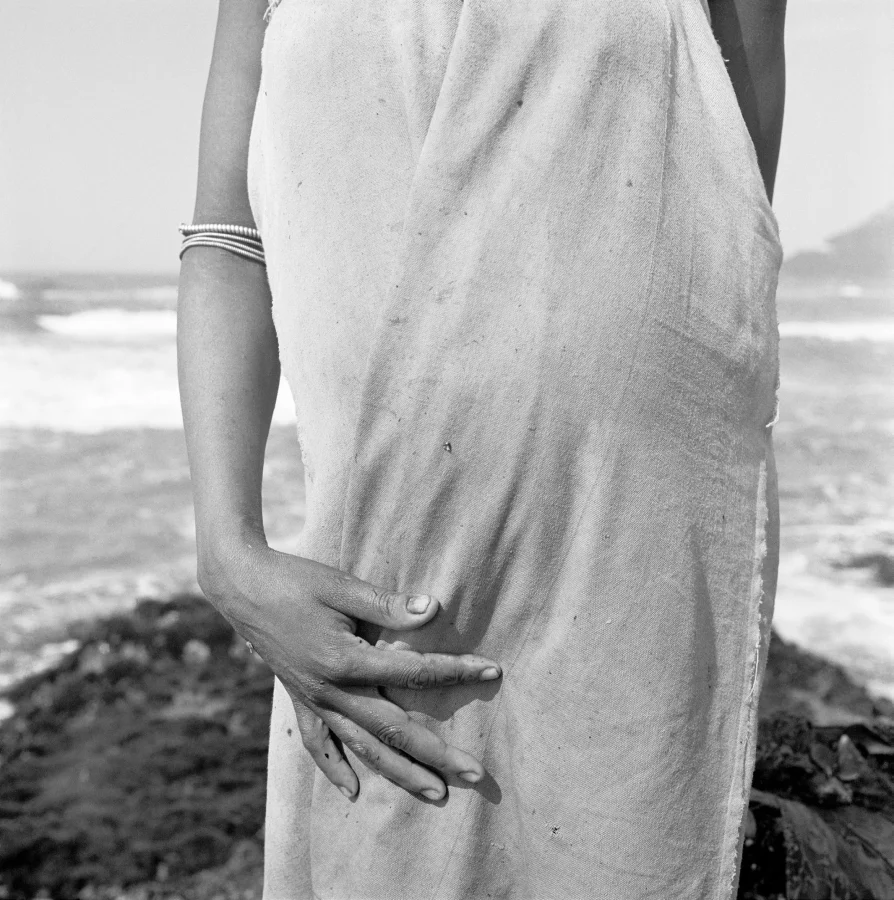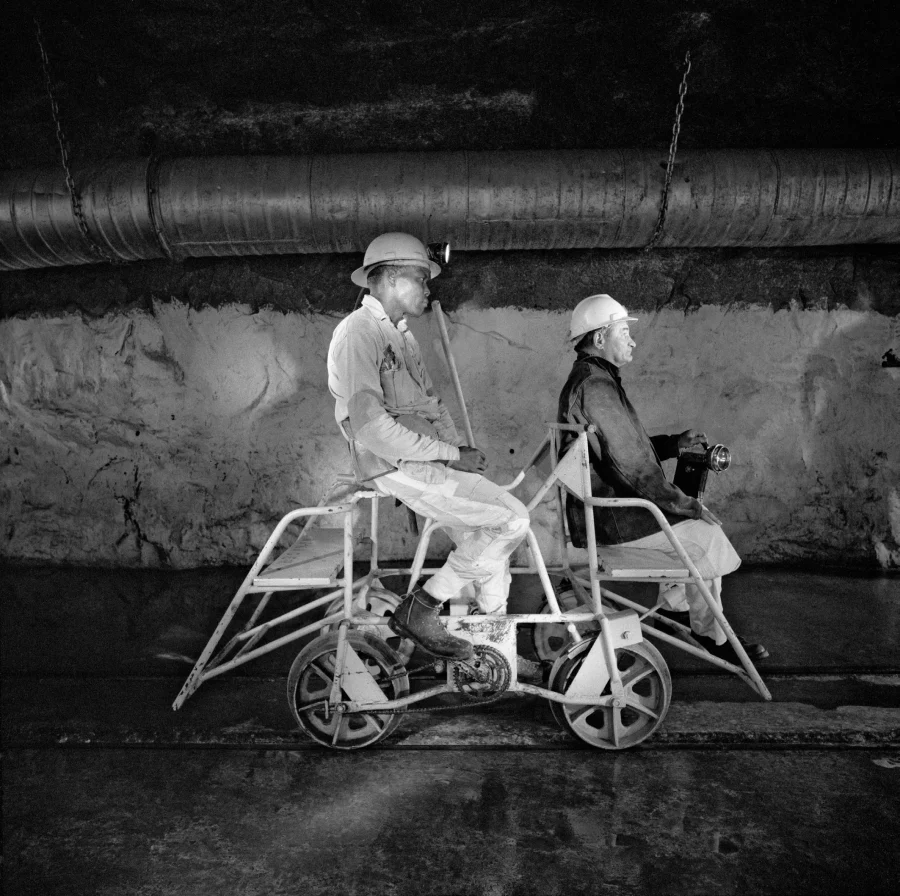The Transported of KwaNdebele
La política del apartheid exigía que los sudafricanos de raza negra viviesen en diez homelands a los cuales, con el tiempo, se les concedería la independencia y se convertirían en “Estados” soberanos. Los negros constituían casi el 80 por ciento de la población y los homelands sumaban aproximadamente el trece por ciento de la superficie total del país. Aunque el ideal del apartheid no se materializase jamás y la mayoría de la población negra nunca se convirtiera en ciudadanos de estos designados “Estados”, millones de personas se vieron, no obstante, trasladados a la fuerza a estos territorios superpoblados o se les impedía salir de ellos.
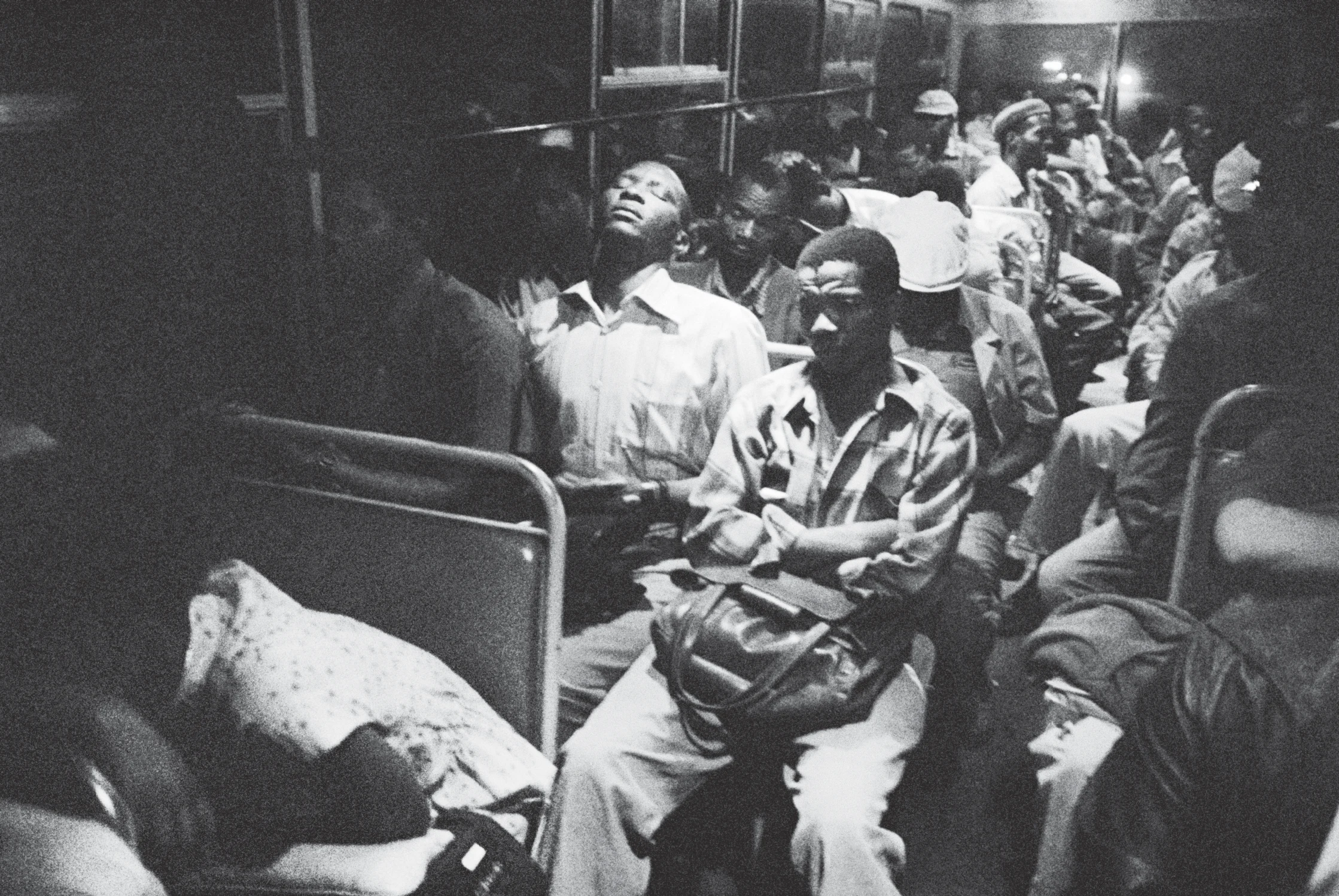
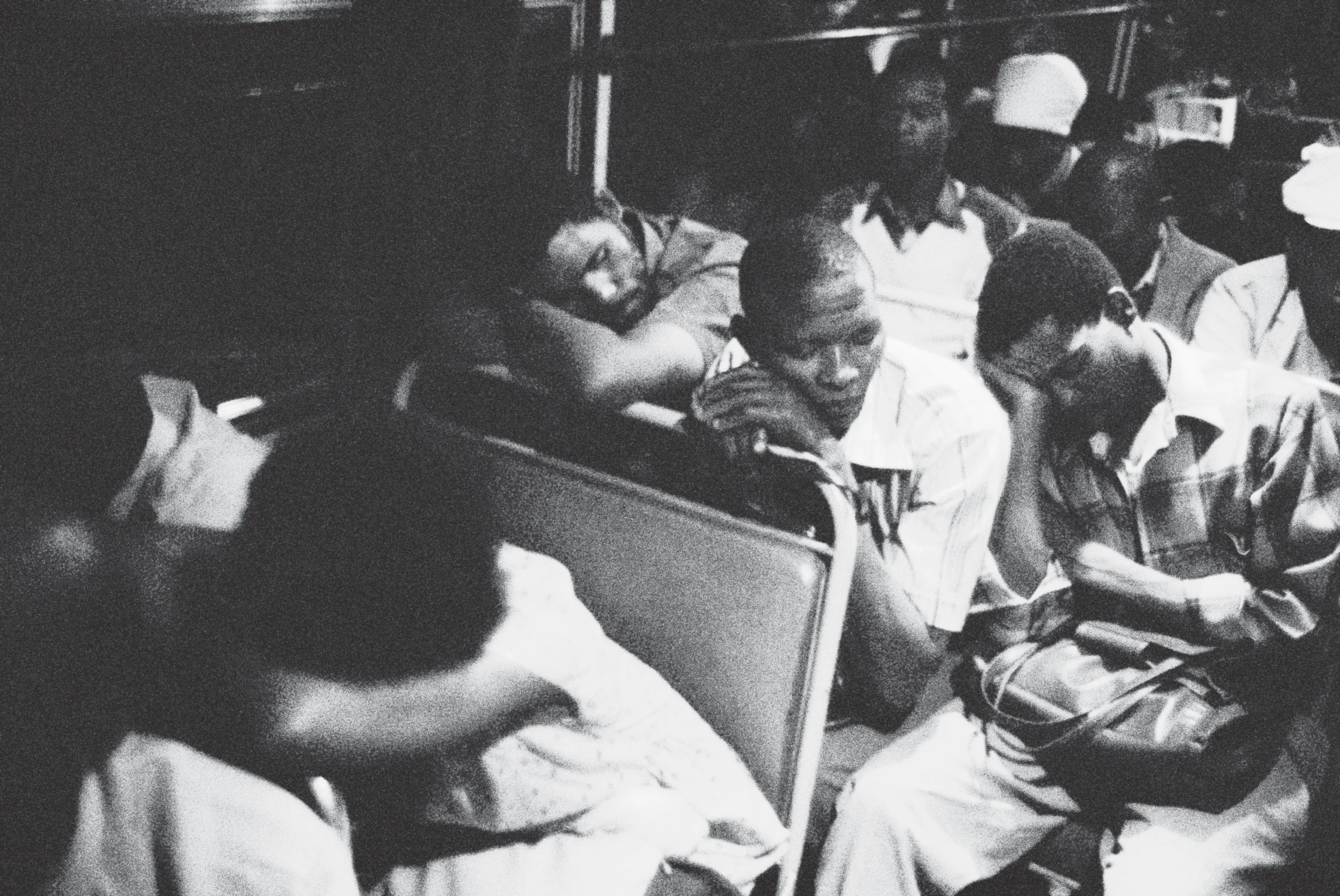
Aunque la industria y el comercio de la Sudáfrica “blanca” dependiesen en gran medida de los trabajadores de raza negra, pocos de los homelands tenían centros importantes de actividad económica con puestos de trabajo para sus habitantes. De este modo, se les permitía a las personas de raza negra –en condiciones muy restrictivas– que fuesen residentes temporales en las ciudades sudafricanas blancas o que viajasen a diario de sus hogares a sus trabajos en las ciudades. Para hacer posibles estos desplazamientos, se establecieron enlaces ferroviarios y autobuses subvencionados. Estas fotografías retratan a personas que viajaban en autobús en octubre de 1983 y en febrero 1984 entre la homeland étnica de KwaNdebele y la ciudad de Pretoria en lo que era entonces el Transvaal.
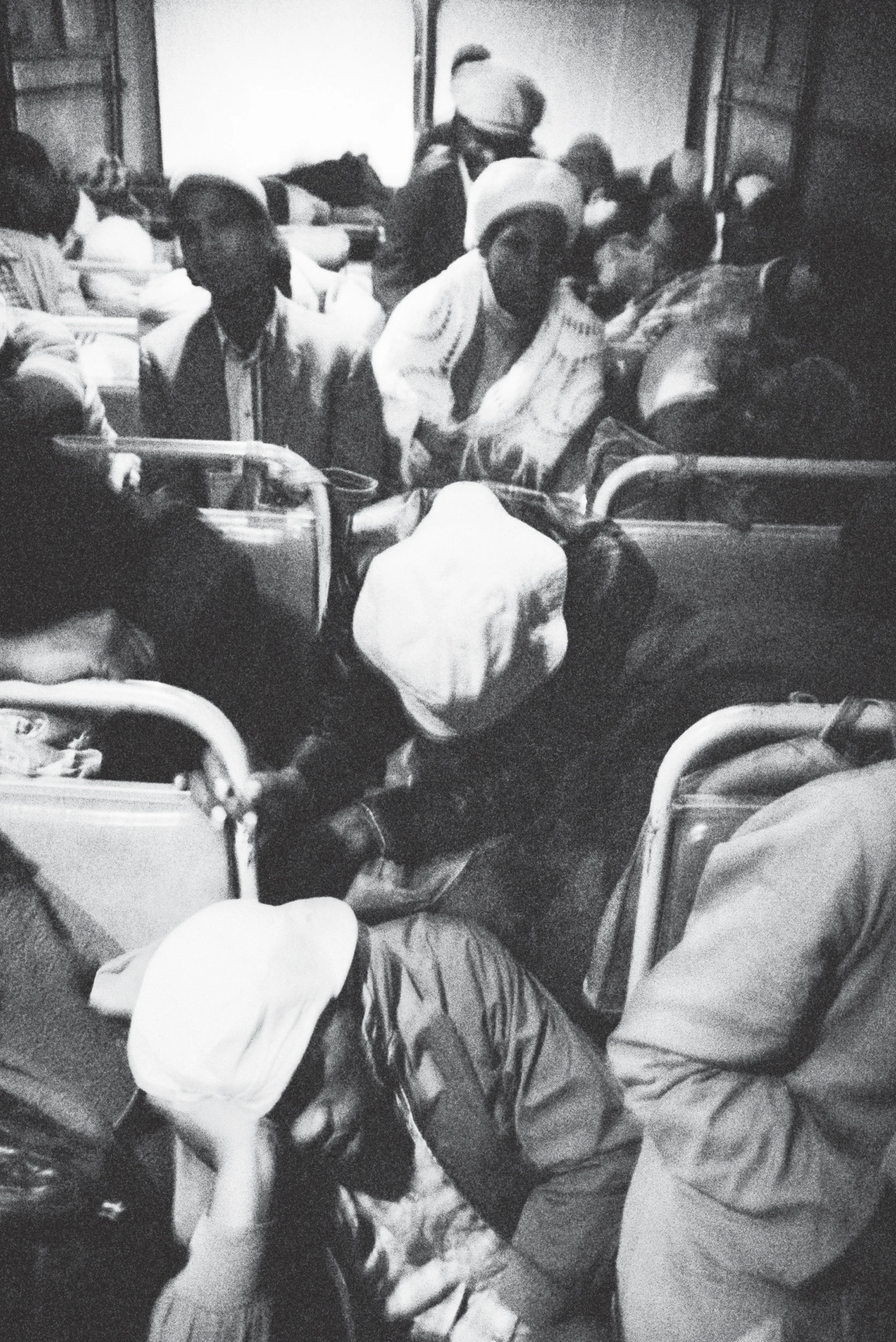
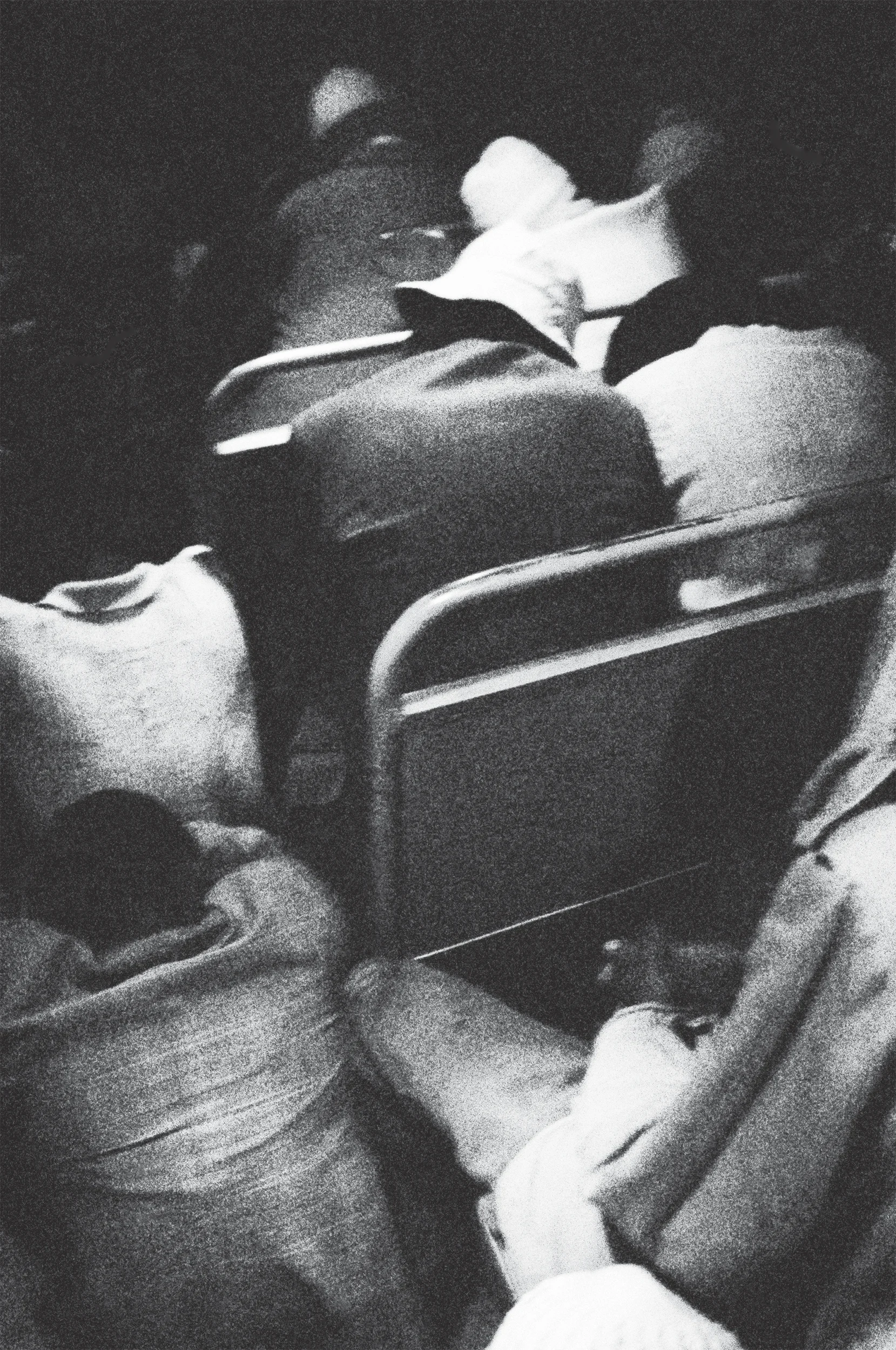
Este artículo es para suscriptores de ARCHIVO
Suscríbete



